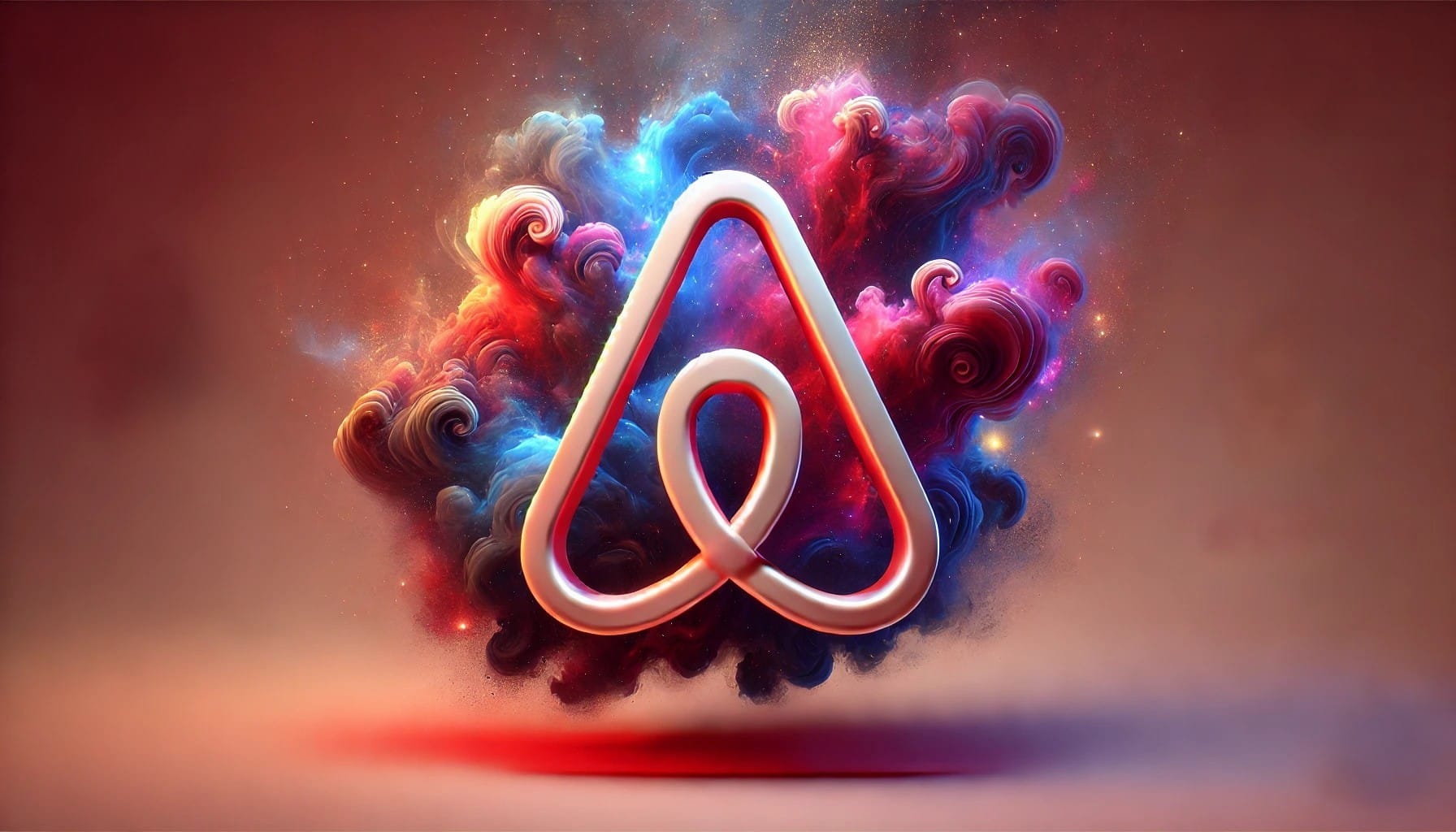Catchy ad copy can only take your brand so far. Consumers aren’t just looking for products—they’re looking for connection, authenticity, and meaning. They want brands they can trust, relate to, and rally behind.
That’s where brand storytelling comes in.
Great storytelling isn’t about selling—it’s about engaging. It’s about creating a world your audience wants to be part of, one where your brand isn’t just a company but a character in a larger narrative. When done right, brand storytelling transforms a business from a faceless entity into something people genuinely care about.
Let’s break down what makes storytelling such a powerful tool and how you can harness it to build a brand that doesn’t just sell but sticks.

Build an Emotional Connection with Brand Storytelling
Think of your brand as a character with a backstory, a mission, and a voice. When you craft a compelling narrative, you’re not just selling a product, you’re building an emotional bridge between your business and your audience.
1. Emotional Connection: Make Them Feel Something
Stories tap into emotions like joy, nostalgia, hope, and even frustration, helping your audience form a genuine connection with your brand. Emotionally driven stories are more memorable, persuasive, and likely to create lifelong customers.
- People remember emotions, not just facts.
- A compelling story makes your audience feel something.
- Emotional resonance builds long-term brand loyalty
2. Increased Trust: Be Real, Be Relatable
Consumers don’t just buy what you do—they buy why you do it. Sharing your journey fosters transparency and relatability, building trust over time.
- Authenticity is key—customers can spot inauthentic storytelling a mile away.
- Show your struggles, not just your successes.
- Relatable stories humanize your brand.
3. Lasting Impact: Be Memorable
People forget statistics. They remember stories. A well-crafted brand narrative sticks long after the ad disappears, fueling brand recognition and recall.
- Facts fade, but stories stick.
- Memorable brands don’t just talk—they tell.
- Stories make your brand stand out in a crowded marketplace.
4. Competitive Differentiation: Stand Out in a Sea of Sameness
When competitors offer similar products or services, your story is what sets you apart. It gives your audience a reason to choose you over the rest.
- Your unique story is your competitive edge.
- A strong narrative helps your brand rise above the noise.
- Consumers align with brands that reflect their own values.

A Tactical Approach to Brand Storytelling
Crafting a brand story isn’t about stringing together a few catchy lines—it’s about uncovering the soul of your business. A truly effective brand story is one that not only informs but also inspires, forging deep emotional connections with your audience.
Here’s how to bring brand narratives to life in a way that resonates.
1. Unveiling the Brand’s Heart: Defining Your Core Identity
Every great story starts with a strong foundation. Before writing a single word, dig deep into what makes your brand tick. What’s your mission? What values drive your decisions? How did you get here, and what challenges have you overcome?
These are the elements that turn your brand into a compelling story worth telling.
- Identify the why behind your brand, not just what you sell but the problem you solve.
- Explore your brand’s origin story. People love brands with rich histories and real journeys.
- Pinpoint the emotional core of your story. What feeling do you want your audience to have?
By defining the heart of your business, you ensure that your brand story is aligned with who you truly are—not just who you think your audience wants you to be.
2. Understanding Your Audience: Speaking Their Language
Even the most beautifully written story falls flat if it doesn’t connect with the right people. The best storytelling is tailored storytelling—meaning it speaks directly to the people you want to reach. That’s why the next step is to get inside the minds of your audience.
- Who are they? What are their values, pain points, and desires?
- What language do they use? What tone, words, and emotions resonate most with them?
- How does your brand fit into their story? What role do you play in their journey?
Analyze your audience’s demographics, motivations, and buying behaviors to shape a message that feels personal and relevant. Your brand should feel like it was made for them—and that starts with understanding their needs on a deep level.
3. Crafting the Narrative Arc: Structuring a Story That Captivates
A compelling story isn’t just a collection of facts, it’s a journey. The best brand stories follow a narrative arc, guiding the audience through a structured experience that keeps them engaged from start to finish.
A well-crafted brand story follows these key phases:
- The Setup (Beginning): Introduce your brand’s backstory, mission, and the challenges you set out to solve.
- The Conflict (Middle): What obstacles did your brand face? What pivotal moments defined your path?
- The Resolution (End): How did you overcome challenges, grow, and evolve into the brand you are today?
By structuring your story in this way, you ensure that it flows—taking your audience on a journey they want to follow through to the very last word.
4. Sensory Storytelling: Making It Feel Real
A good story informs. A great story immerses. When people read your brand story, they shouldn’t just understand it—they should feel it. That’s where sensory storytelling comes in.
- Use vivid, descriptive language. Instead of saying “We make quality coffee,” transport your audience with “A rich, bold roast that crackles with warmth, pouring into your morning with smooth, velvety perfection.”
- Evoke emotions like happiness, nostalgia, and inspiration—whatever emotion drives your brand, make sure your audience feels it.
- Incorporate multimedia elements like imagery, video, and interactive content to enhance the storytelling experience, making it richer and more immersive.
By painting a picture with words and emotions, you make your brand unforgettable.

Real-World Brand Storytelling in Action
Great brand storytelling is about turning customers into loyal advocates. Some of the most successful brands today have mastered the art of storytelling, using their narratives to drive meaningful action. Here are three brands that have made storytelling an art form:
1. Patagonia: A Brand On a Mission
Patagonia isn’t just a company that sells outdoor gear, it’s a brand with a deep-rooted mission to protect the planet. Their storytelling weaves sustainability, activism, and adventure into a powerful narrative that resonates with environmentally conscious consumers.

- The Origin Story: Founded by climber Yvon Chouinard, Patagonia started as a small business making tools for climbers. The brand evolved with a commitment to environmental responsibility, embedding activism into its DNA.
- Values-Driven Marketing: Patagonia doesn’t just talk about sustainability—it lives it. From their “Don’t Buy This Jacket” campaign, which encouraged mindful consumption, to their decision to donate 100% of Black Friday profits to environmental causes, their actions align with their message.
- Impactful Visuals & Storytelling: Through documentaries, blog content, and immersive customer stories, Patagonia highlights the real-world impact of environmental issues and the people fighting to make a difference.
Why It Works: Patagonia’s brand story isn’t centered around selling products—it’s about selling a movement. Their audience doesn’t just buy their gear; they buy into the cause.
2. Nike: Empowering Every Athlete’s Journey
Nike has perfected the art of aspirational storytelling. Their campaigns go beyond showcasing sneakers and apparel—they tell human stories of perseverance and triumph.

- The Emotional Hook: Nike’s brand is built on the idea that anyone, regardless of their background, can achieve greatness. Their tagline, Just Do It, isn’t just a slogan—it’s a call to action that inspires individuals to push past their limits.
- Diversity and Representation: From featuring Serena Williams and Colin Kaepernick to highlighting para-athletes, Nike’s storytelling consistently elevates voices that challenge norms and redefine success.
- Campaigns That Resonate: Their ads don’t just sell shoes—they tell personal stories of athletes overcoming adversity, resonating with a global audience on an emotional level.
Why It Works: Nike connects with people by making them the heroes of the story. They align their brand with perseverance, motivation, and empowerment—values that deeply resonate with their audience.
3. Airbnb: Making the World Feel Like Home
Airbnb doesn’t just offer accommodations—it offers experiences and a sense of belonging. The brand’s storytelling is focused on human connection, cultural exchange, and the power of feeling at home anywhere in the world.

- User-Generated Stories: Airbnb’s most compelling content comes from its own customers. By sharing real guest and host stories, they turn everyday experiences into powerful testimonials of hospitality and community.
- A Brand Built on Connection: Their “Made Possible by Hosts” campaign showcased authentic moments of travel and human connection, emphasizing that Airbnb is more than just a place to stay.
- Emotional Appeal: Whether highlighting a single mother hosting to make ends meet or a traveler finding a second home in a new country, Airbnb’s storytelling taps into universal themes of belonging, adventure, and shared humanity.
Why It Works: Airbnb doesn’t need to sell the idea of renting a stranger’s home—they sell the experience of travel, connection, and community. Their stories resonate because they focus on the human side of hospitality.
Summary: Stories That Stick, Brands That Last
Brands that stand out aren’t just selling products; they’re creating narratives that resonate, inspire, and connect on a deeper level.
Authenticity is non-negotiable—consumers can detect inauthentic messaging instantly. The most compelling brand stories are rooted in truth, emotion, and a clear purpose. Emotion drives action because people don’t just buy products; they buy into experiences, feelings, and values that align with their own. The strongest brand stories also position the audience as the hero, making them feel empowered.
But storytelling doesn’t stop at a single campaign—it must be woven into every brand touchpoint, from social media and advertising to customer interactions. Consistency builds trust, and data-driven insights ensure that stories reach and resonate with the right audience at the right time.
The brands that endure don’t just tell people what they sell; they show them why it matters. If you want your brand to thrive, tell a story worth remembering.
Need a versatile digital copywriter? Let’s talk.















